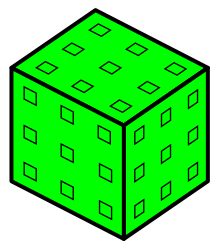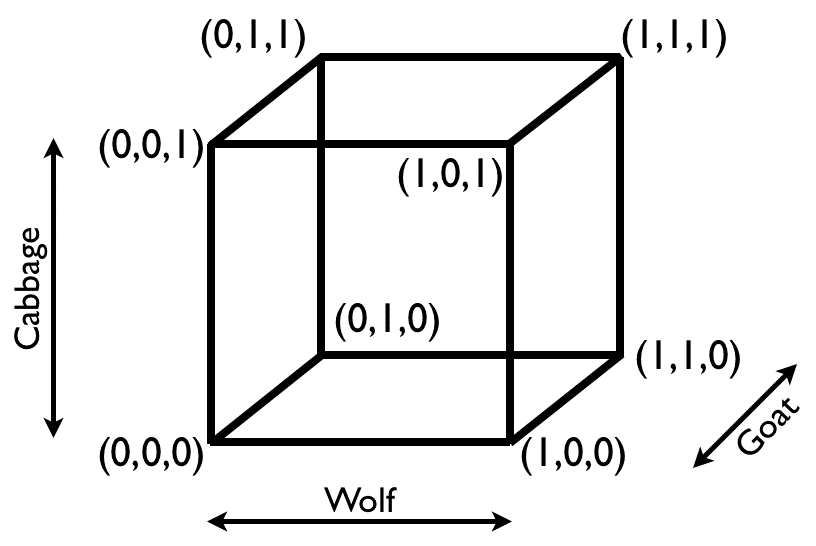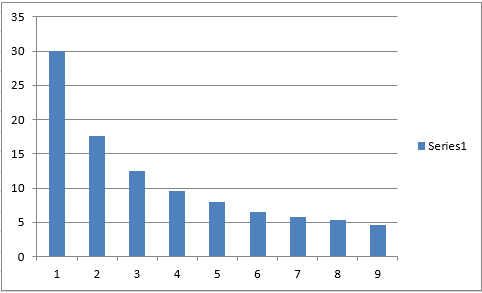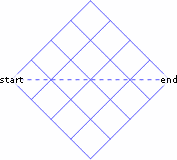
This week’s problem is all about counting the number of paths from one point to another on a 4 by 4 grid.
You can only travel in these directions
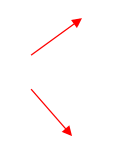
Here is one acceptable path:
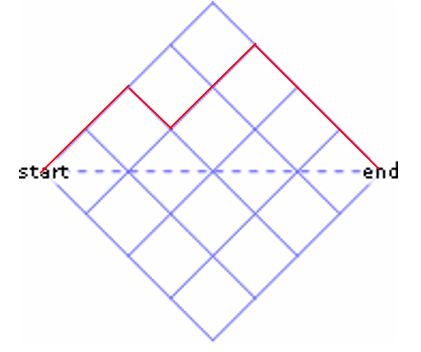
So how many such paths are there? First off, in which of these ranges do you think the answer lies:
< 20
20 – 40
40 – 60
60 – 80
80 – 100
>100
A first tip on how to solve this is to look at what is going on with smaller grids. Why don’t we start with a 1 by 1 grid? How many different paths are there between the starting point and the end point? Once we have done that, we can place the data on our larger grid.
After doing this a few times, does a pattern start to emerge?
Here is a website that shows all the solutions and an explanation of how the problem works, if you would like to learn more.
